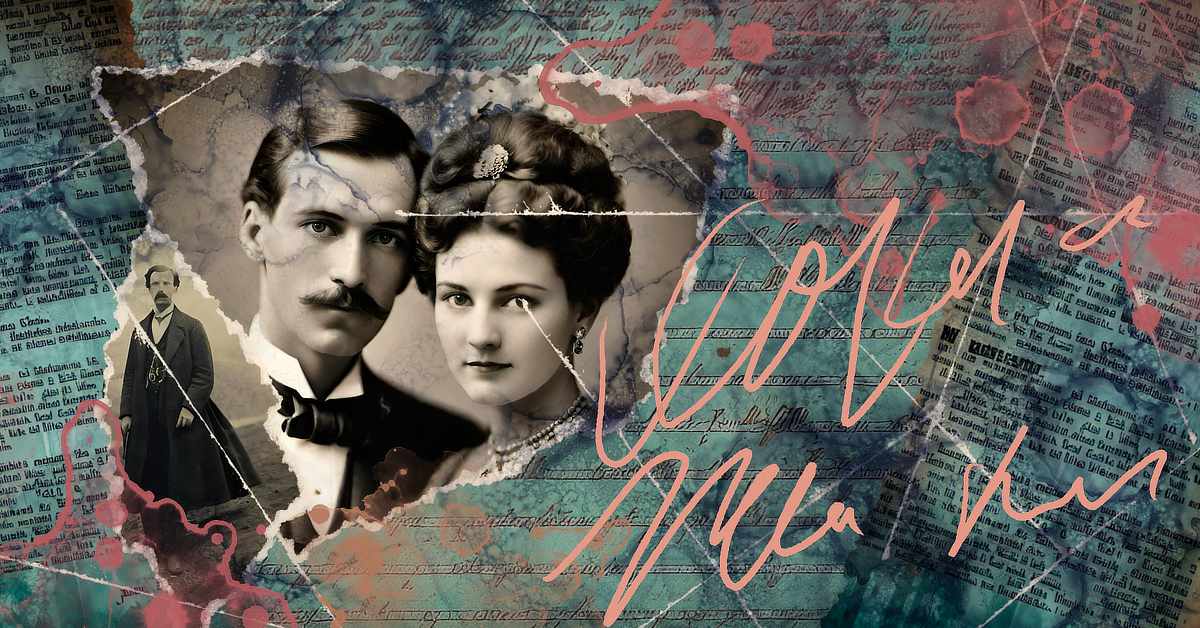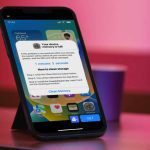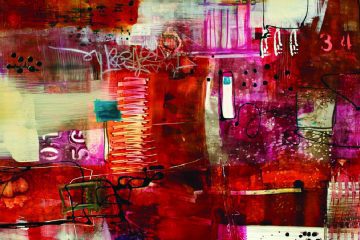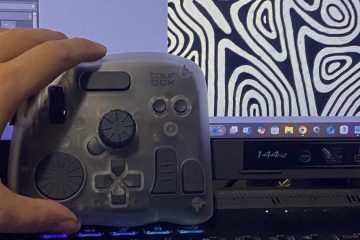The Writing With No Meaning: My Journey Into Asemic Art

I’ve been diving deeper into traditional art lately and looking for ways to merge it with my digital work. One technique that has really captured my imagination is mark making—adding visual interest to art through lines, forms, and textures.
Recently, I stumbled across a form of mark making that feels almost magical: Asemic Writing.
What Is Asemic Writing?
Asemic writing is, quite literally, writing with no meaning. Imagine a page of wild, scrawling handwriting that’s impossible to read. Asemic writing is like that—except there are no actual letters involved.
As Wikipedia explains, it’s a “wordless open semantic form of writing” that invites the viewer to interpret the marks as if they hold meaning. In that way, each person’s experience with asemic writing is unique.
Sometimes, artists mix real words in with their asemic writing, which makes it even more mysterious. Wired once described this art form as a creative frontier where text exists purely as visual form.
“Asemic writing invites you to look closer, to search for meaning that isn’t there—and in doing so, create your own.”
This is exactly what draws me to it: the mystery. It pulls you in like a puzzle that can’t be solved, leaving space for imagination.
How to Start Asemic Writing and Create More Freely is another great explanation and tutorial by Lynette Melnyk.
Learning to Let the Marks Flow
When I first tried asemic writing, I thought it would be easy. After all, how hard could it be to scribble on a page?
It turns out, it’s harder than it looks. My first attempts were stiff and awkward—just messy scribbles. It felt like a part of my brain was fighting me, trying to form letters instead of letting go.
With practice, though, something shifted. I stopped overthinking, and the “writing” began to flow with rhythm and structure—without ever becoming real letters. Artist Cecil Touchon describes asemic writing perfectly as:
“Similar to handwriting but without reference to literary meaning.”
Once I embraced that mindset, the practice became deeply therapeutic. In fact, a qualitative study found that asemic writing can help people express emotions and improve their mood, even without using actual words.
A Journal for Wordless Thoughts
Now, I keep a small asemic writing journal. It’s my space to pour out thoughts and feelings without a single word.
Each page feels like a secret language—one that only exists in gestures and shapes. Art Makes People described asemic journaling as a form of art therapy, helping you release emotions in ways that ordinary writing can’t. From my own experience, you might be thinking of something or feeling a certain way and that can influence the way your hand moves allowing you to express those thoughts or feelings without even realizing it.
And when I incorporate this form of writing into my traditional or digital artwork, they add mystery, depth, and texture that simple brushes or patterns can’t achieve.
Why I’ll Keep Exploring

Asemic writing has become more than a technique—it’s a practice in letting go of perfection. It’s about embracing pure expression, creating art that doesn’t need to be understood to be meaningful.
If you’ve ever wanted to try mark making, wordless journaling, or meditative art, I can’t recommend asemic writing enough. It’s art that speaks without saying a single word—and that’s where its magic truly lies.
Now it's Your Turn
If you try asemic writing after reading this, I’d love to see your creations! Tag me on Instagram @tepearley or leave a comment about your experience with art that speaks without words.






0 Comments